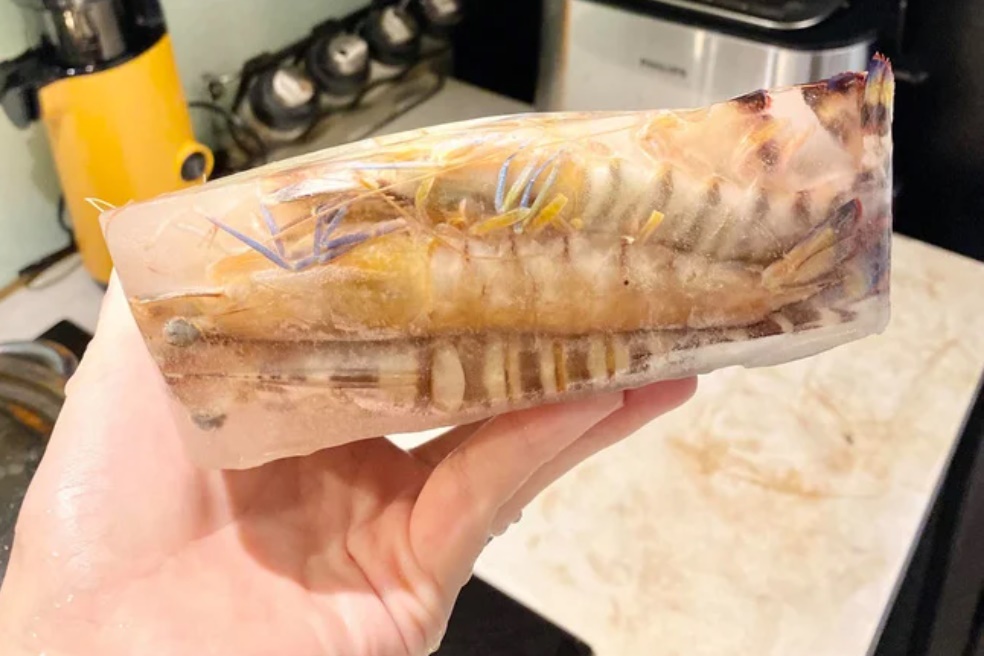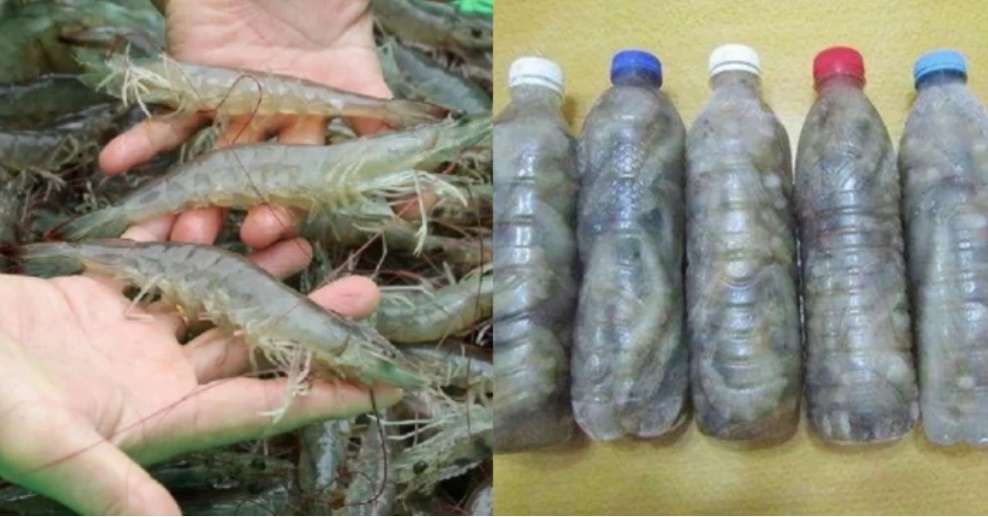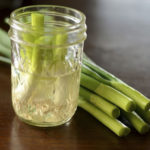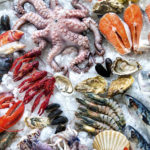How to Choose Fresh Shrimp
The body and head of the shrimp must be intact and firm. Shrimp that is old, left for a long time, or treated with chemicals will have a slightly collapsed body, firm meat but irregularly thick. When buying, it is best to choose shrimp with flexible shells, tightly attached heads, and preferably still jumping.
Avoid buying shrimp that has melted. You can press your finger on the shell and move your finger back and forth a few times. If you feel any granules under your finger or if the shrimp is sticky, do not buy.
Observe the legs, if the legs are tightly attached to the body of the shrimp and the meat is firm, the shrimp is still fresh. Do not buy shrimp with legs that have turned black.
How to Freeze Shrimp with Saltwater

Choose live and still jumping shrimp. After purchase, clean and soak in cold water before freezing.
Use filtered water, add a few salt crystals and stir until dissolved.
Arrange the shrimp in a container and pour the diluted saltwater into the shrimp container. Close the lid tightly and place it in the freezer. Remember to divide the shrimp into portions that are enough for one meal so that you only need to take out one portion when defrosting. The saltwater should also be diluted, if it is too salty, the salt will penetrate into the shrimp meat.
Saltwater prevents the shrimp from coming into contact with the air, helping to prevent water loss, keeping the shrimp fresh and maintaining its beautiful color.
To defrost the shrimp, you should transfer the shrimp from the freezer to the refrigerator to allow the ice to melt slowly. Alternatively, you can continuously pour water onto the frozen shrimp to melt the ice.
How to Freeze Shrimp in Plastic Bottles

Another way to preserve shrimp is to use plastic bottles. You just need to prepare a few empty bottles with a capacity of 300 or 500ml.
After buying the shrimp, rinse it with water and let it drain. Then, put the shrimp into the plastic bottle, with the head first. If you want to store more shrimp, gently shake the bottle to make the shrimp inside more compact.
Each bottle should only contain enough shrimp for one meal.
Once the shrimp is full, pour water into the bottle and close the lid. At this point, place the shrimp bottles in the freezer to preserve.
When using, simply take out one bottle, defrost it with cold water inside. The ice will quickly separate from the bottle. At this point, you just need to use a knife or scissors to cut the bottle and remove the shrimp.
Do not use hot water to defrost as it will overcook the shrimp and make it lose its freshness when cooking.
Source: Khoevadep
Choosing High-Quality Seafood for Maximum Taste
Trying to select only the freshest and best-tasting seafood? Here are some tips to help you make the right choice.





































